– 150 years of history at The Royal Children’s Hospital –
A concise and chronological record of the rich and diverse 150-year history of The Royal Children’s Hospital (RCH).
Please feel free to scroll through all 150 years or easily filter information via categories or tags.
The historical images have been sourced from the RCH Archives and Collections, unless stated otherwise.
Images have been chosen to illustrate the subject matter and may not necessarily reflect the date of the event.
The RCH has produced such an immense amount of groundbreaking achievements and we cannot assume to have captured them all here.
Do you think an achievement, person, or event is missing? Please send your suggestion to: archives@rch.org.au. We hope you enjoy exploring!
Showing Events Tagged with: milestones
1870
First Nurse for Inpatients
Mrs Bail was the first nurse employed by the hospital. She remained on staff at the hospital until 1878.
First Inpatients
December 1870
Six cots were established for the initial intake of inpatients.
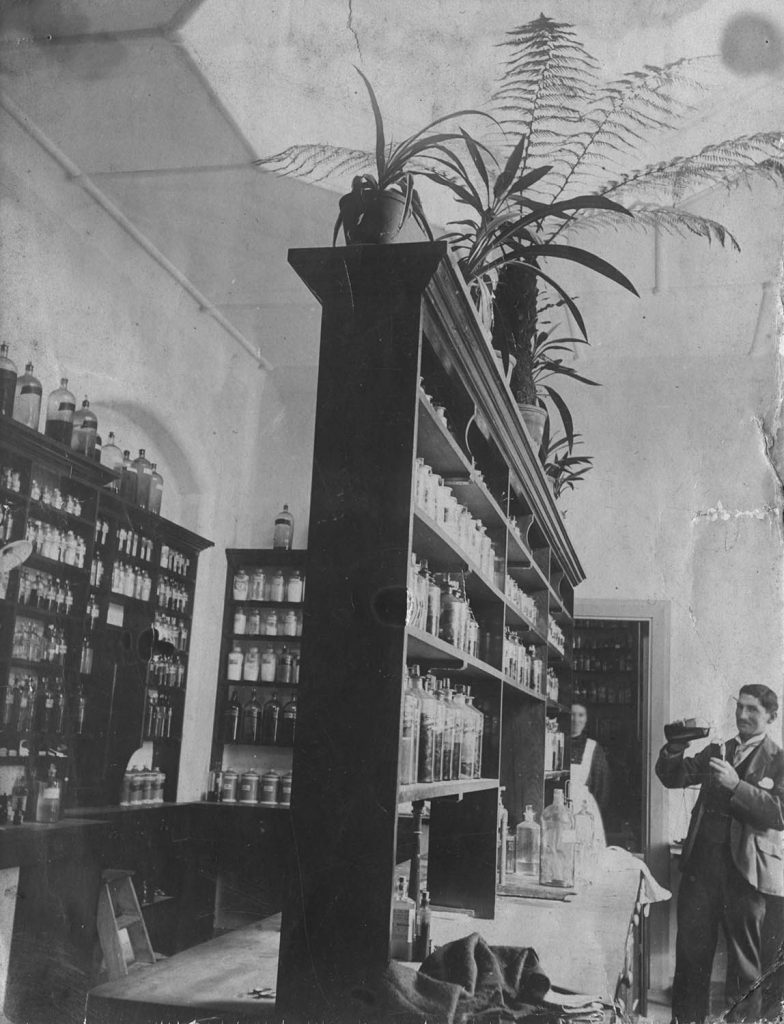
First Pharmacist
Robert Singleton, son of Dr John Singleton, ran the medicine dispensary.
Image details: First known photo of the hospital's pharmacy, circa 1917.
1876
First Resident Doctor
The committee decided to create a paid position for a resident doctor. The honorary doctor positions were unpaid, usually held by doctors with their own private practice. The first resident doctor was Dr W.E. Stewart, soon replaced by Dr Charles Hunter.
1898
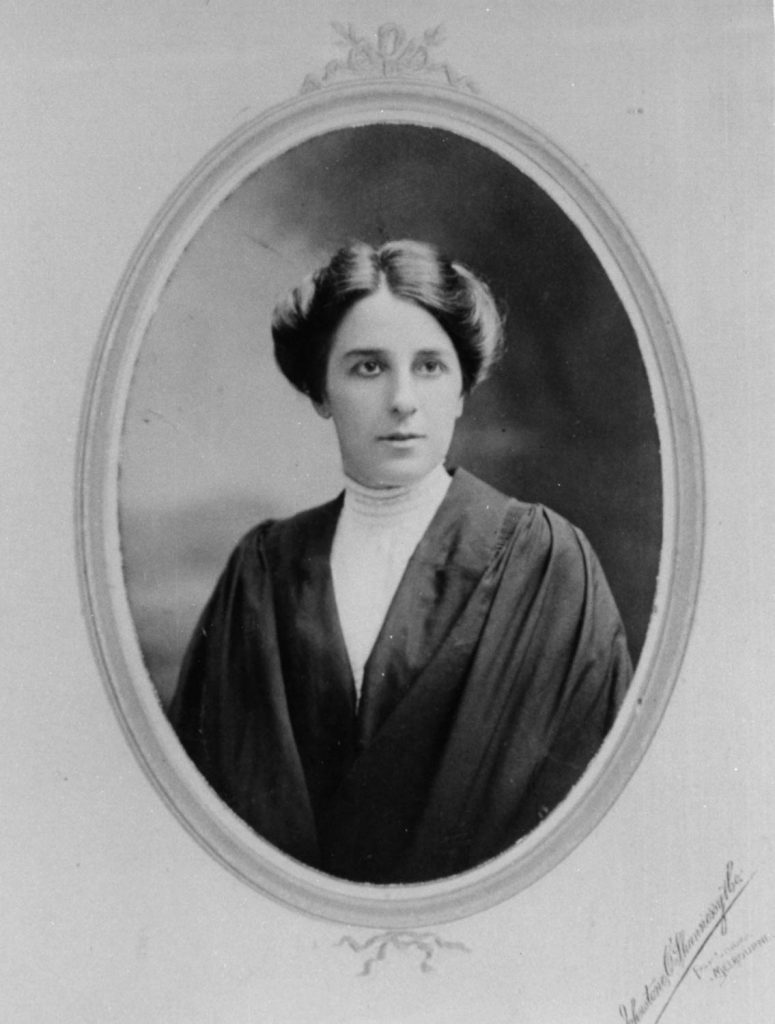
Dr Ethel Mary Vaughan Cowan
After a one-month trial – without pay – Cowan became the first woman to be made resident doctor.
1903
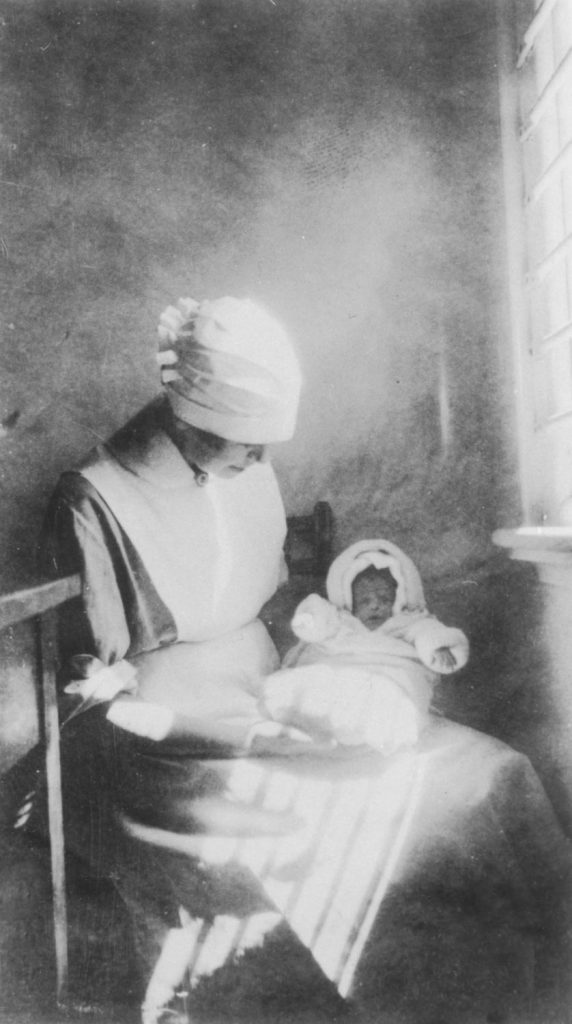
Babies Admitted to the Hospital for the First Time
Later, in 1921, a specialised babies’ ward was established.
1921
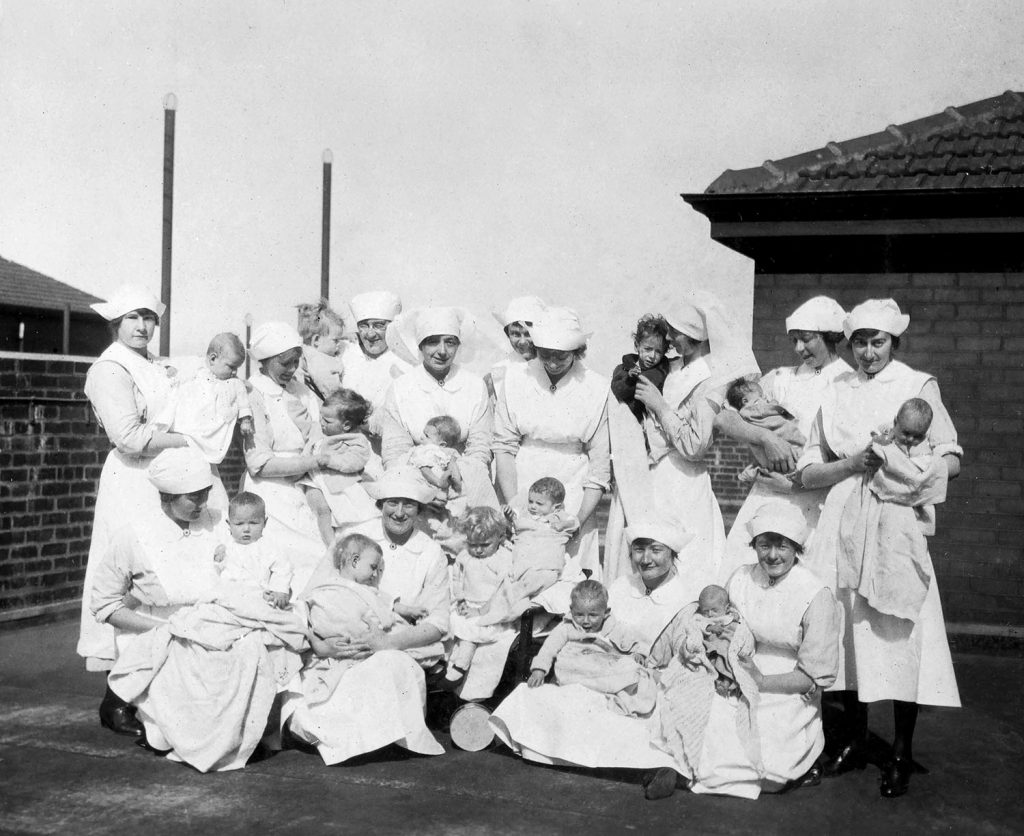
First Babies’ Ward in Melbourne Opened
A public appeal was held in 1919 to raise funds to build a specialised ward for babies.
1922
First Auxiliaries Meetings Held
Committee members from Kew, Essendon, Toorak, Black Rock, St Kilda and Malvern orchestrated the first meetings.
1925
Polio Serum Trials
First use of human immune serum delivered in the pre-paralytic stage of polio. Research into the serum saw its use discontinued.
1950
First Attempt to Separate Conjoined Twins
Neurosurgeon Mr Reginald Hooper conducted surgery on twin girls joined at the head. Sadly, the operation was unsuccessful.
1960
Record-breaking Fundraiser
A large fundraising appeal was held to raise money for the new Parkville hospital. The target was £400,000, with £500,000 raised. At the time it was the largest amount ever contributed in an appeal to a single charity in Australia.
1962

Endocrine Clinic Formally Established
Of particular relevance to the care of children, Dr Norman Wettenhall AM’s interest in endocrinology was formalised as a specialty area of research.
1970

Publication of Jones’ Clinical Paediatric Surgery
Edited by Mr Peter Jones, most of the hospital’s surgeons contributed to this textbook and demonstrated the broad range of expertise at the hospital.

Dr John Stocks Trialled a New Method to Keep Babies’ Lungs Inflated
Continuous Positive Airway Pressure (CPAP) treatment saves the lives of hundreds of premature babies.

The Hospital Celebrates its Centenary
1973
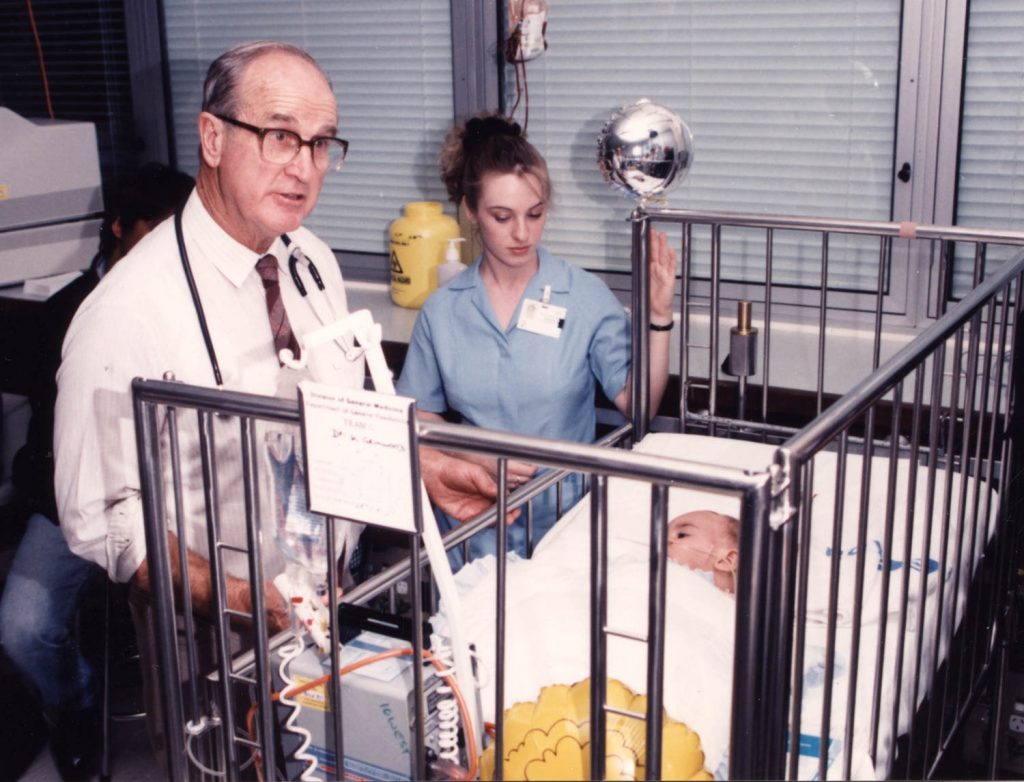
Nephrology Clinic Formally Established
Under direction of Dr David McCredie AM, facilities for dialysis treatment of children were established.
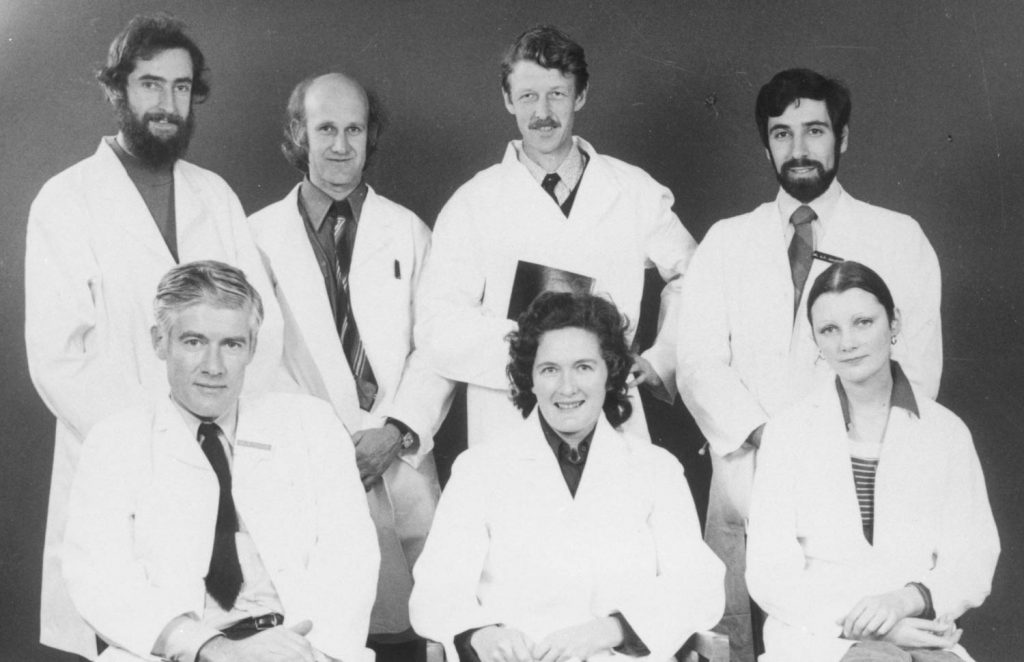
Rotavirus Discovered
Professor Ruth Bishop AC, Dr Rudge Townley, Professor Geoff Davidson, and Associate Professor Ian Holmes, discovered rotavirus, a common cause of gastroenteritis.
1974
Department of Thoracic Medicine Established
Professor Peter Phelan AM was appointed director.
1975
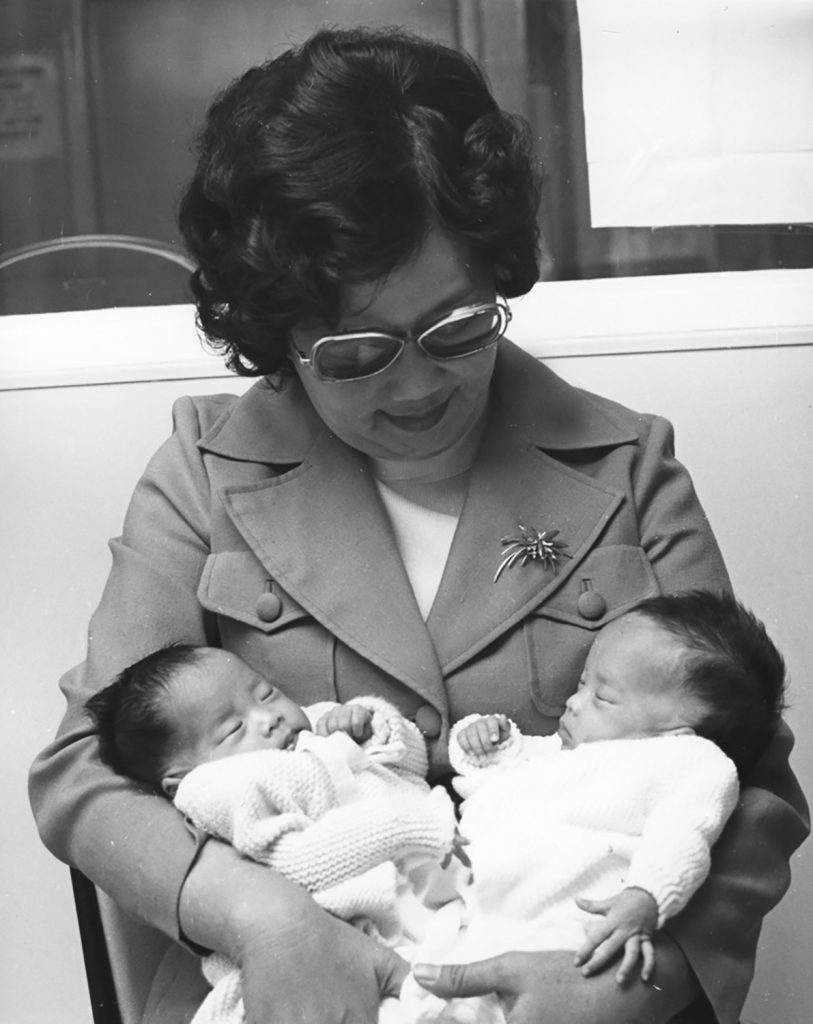
Two Sets of Conjoined Twins Safely Separated
In August the Foo twins, Yew Sun and Yew Te, were separated by Mr Peter Jones. In October the Priestly twins, Grant and Andrew, were separated in an operation headed by Mr Nate Myers AM.
2020
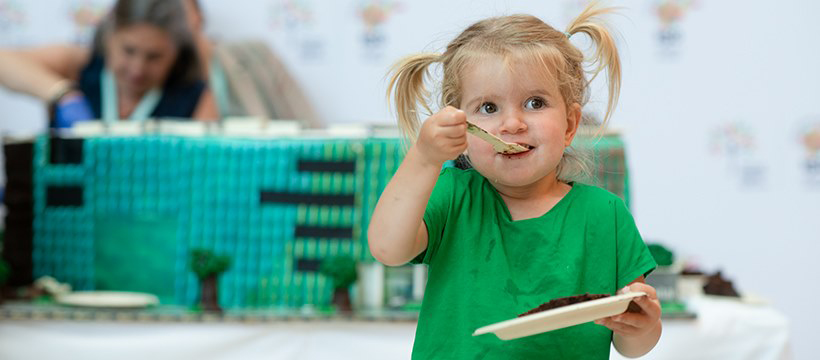
150th Anniversary Since Foundation
The hospital celebrates 150 years of great care for Victorian children.
Image credit: Alvin Aquino













